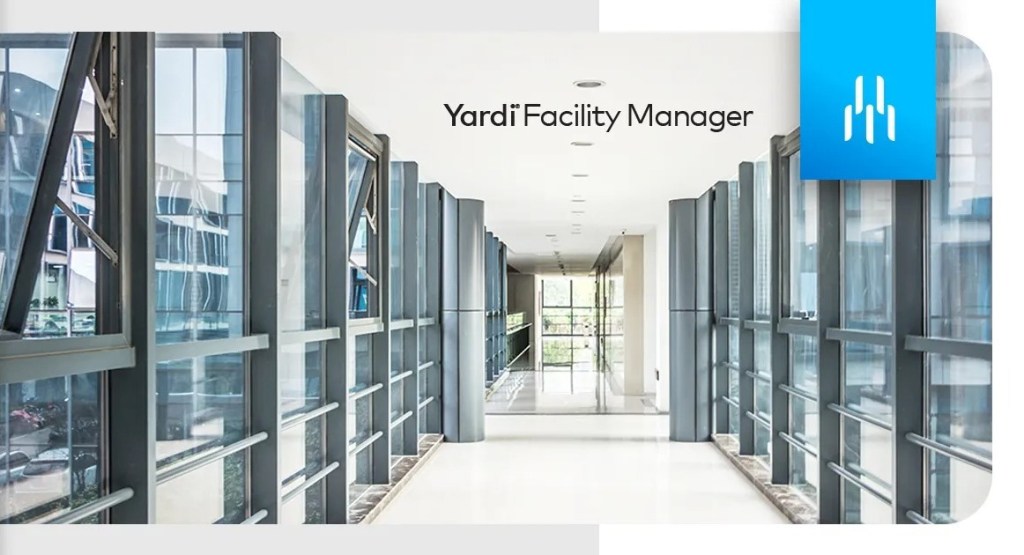For many CRE operators, the future is green. Businesses of all sizes are achieving sustainability by leveraging software for sustainable buildings. The latest tech offers detailed consumption insights, automates resource optimization, promotes waste reduction and engages occupants through access to building performance data. How facility management software drives sustainability Facility management tech is transforming how the industry monitors, manages and maintains facilities. Eco-minded strategies utilizing the latest software tools aim to reduce a building’s environmental footprint, conserve resources and promote energy efficiency. Traditionally, managing a building’s environmental impact required manual processes, making it challenging to monitor resource usage in real time. Now, with sophisticated software, facility managers can track, analyze and adjust environmental metrics instantly. These software tools integrate with building systems — such as heating, ventilation, air conditioning (HVAC) and lighting — and provide real-time data on energy usage, water consumption and other critical resources. By consolidating data in one platform, facility managers gain a holistic view of a building’s performance, allowing them to make data-driven decisions that reduce waste and improve sustainability. Key features of eco-friendly facility management One of the main ways software aids in sustainable facility management is through energy monitoring and optimization. With detailed insights into energy consumption, facility managers can identify high-usage areas and adjust operations accordingly. Some software for sustainable buildings can provide predictive analytics and artificial intelligence to optimize energy use, automatically adjusting HVAC settings and lighting based on occupancy or weather patterns. By reducing unnecessary energy consumption, facilities can significantly lower their carbon footprint and cut down on utility costs. Water management is another critical focus of eco-friendly facility management. Leaks, excessive water use and inefficient plumbing fixtures all contribute to environmental impact. Software solutions can detect irregularities in water usage and automatically alert facility managers, allowing...
Facility Management Disruption
How to Stay on Track
When it comes to maintenance operations, continuity is king. A lag in response to work orders or skipped inspections can result in increased costs, equipment breakdowns and unhappy tenants. Over the long term, neglected buildings decrease in value, lose appeal and impact your bottom line. Fill the knowledge gap Research shows that the majority of facility managers stay in their jobs for fewer than four years. Losing the skills and knowledge of an experienced facility manager can disrupt your building operations and cost you time and money while you onboard new staff. A strategy to fill the knowledge gap as seasoned facility managers retire or leave for new opportunities will help the new workforce quickly develop necessary skills. Further, putting tools in place to streamline building operations will help prevent disruption and ensure continuity. As discussed in a recent Yardi white paper, Best Practices to Keep Facility Management on Track, managing the transfer of skills when experienced managers leave their positions will ensure your buildings continue to operate at peak performance, site visits are optimized and your tenants are satisfied. The right technology, including online learning, will enable you to automate maintenance operations as well as efficiently train and onboard new team members and ensure they quickly gain necessary knowledge and skillsets. Use tech for automation and more Manual and paper-based methods for maintenance operations are inefficient and error prone. Without a centralized database of maintenance information, there is no transparency so management oversight across properties is a challenge — you won’t know where to improve or how to save money. And when building management systems age, you face similar challenges with obsolete technology and miss opportunities to optimize processes and reduce costs. Over time, these issues decrease asset value. To follow best practices and solve these challenges, you need an integrated software platform. Yardi Facility Manager is a connected facility management solution that provides automation and advanced tools including AI to revolutionize maintenance processes and building management across your portfolio. Leverage all the benefits of connected software Facility Manager provides complete transparency and reduces costs while ensuring buildings operate at peak efficiency to make tenants happy. A few key benefits to consider: • Centralizes critical and historical information with easy access • Keeps equipment documents and preventive maintenance plans in one location • Maintains operating procedures for how work gets completed and automates transitions — including by role, so work is automatically transferred when an employee leaves and a replacement is assigned • Connects technicians via mobile apps so work orders and inspections are updated in real time Commit to ongoing process reviews Disruption is here. Facility management leaders should include regular process reviews as part of their strategy to optimize building operations and staff performance — along with reducing costs and investing in the right solutions to achieve greater impact including long-term asset value. Learn more about Yardi Facility...


